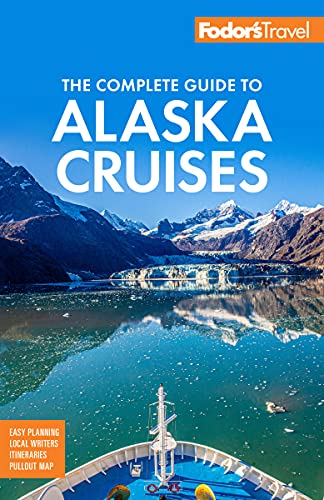Tucked into the east side of the Kenai Peninsula, the sound is a peaceful escape from the throngs of people congesting the towns and highways. Enhanced with steep fjords, green enshrouded waterfalls, and calving tidewater glaciers, Prince William Sound is a stunning arena. It has a convoluted coastline, in that it is riddled with islands, which makes it hard to discern just how vast the area is. The sound covers almost 15,000 square miles—more than 12 times the size of Rhode Island—and is home to more than 150 glaciers. The sound is vibrantly alive with all manner of marine life, including salmon, halibut, humpback whales, orcas, sea otters, sea lions, and porpoises. Bald eagles are easily seen soaring above, and often brown and black bears, Sitka black-tailed deer, and gray wolves can be spotted on the shore.
Unfortunately, the Exxon Valdez oil spill in 1989 heavily damaged parts of the sound, and oil still washes up on shore after high tides and storms. The original spill was devastating to both animal and human lives. What lasting effect this lurking oil will have on the area is still being studied and remains a topic of much debate.
Bring your rain gear—Prince William Sound receives more than 150 inches of rain per year.
The sound is best explored by charter boat or guided excursion out of Whittier, Cordova, or Valdez. Even though the waters are mostly protected, open stretches are common, and the fickle Alaska weather can fool even experienced boaters. From the road system, Whittier and Valdez are your best bets for finding charter outfits.






